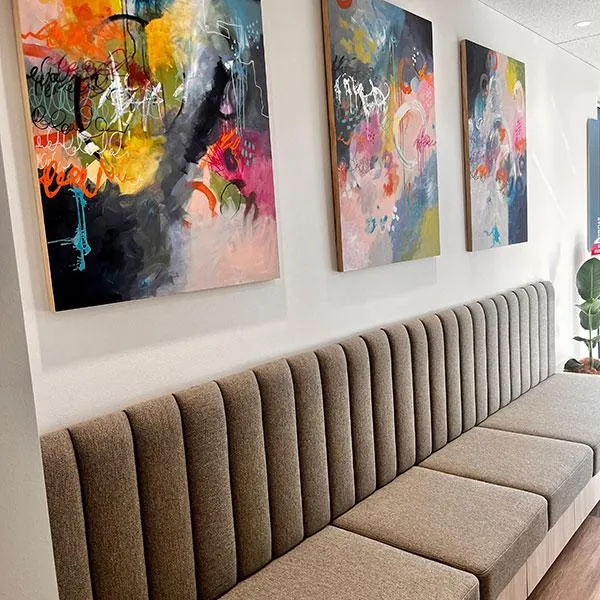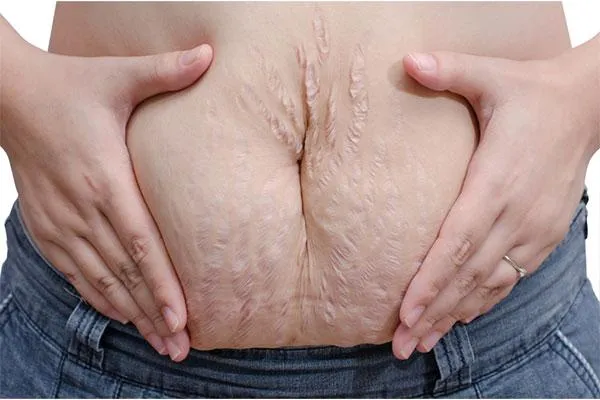
Post Natal Physiotherapy – Will my tummy ever go back to ‘normal’?
So you’ve had your baby. You love him/her more then life itself.
But….
What’s happened to your body? You still look and feel six months pregnant – no one told you about this bit… and there’s this line/ gap/ hollow down the middle of your now striped/ scarred tummy… whats that about? What do you do? Should you worry?
Tummy muscle anatomy
The front of your tummy (abdominal wall) is made up of a number of muscles – The Rectus Abdominis (the six pack muscles) the internal and external obliques (side muscles – think “sit up and twist”) and the deeper Transversus Abdominis (the deepest ‘core’ muscle – what you think you are working when you do a plank).
These muscles are joined at the centre by a band of stiff fibrous tissue (connective tissue/fascia) called the Linea Alba.
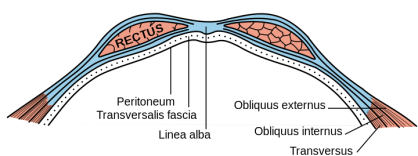
When you are pregnant this fibrous band of fascia, the Linea Alba, stretches and thins. This allows the muscles to separate, reducing the amount of strain on them as they are forced to lengthen by the growing uterus and baby. This is normal and essential and is known as a Rectus Abdominis Diastasis (RAD) or Diastasis Rectus Abdominis Muscle (DRAM).
Prior to pregnancy if you had fairly a toned abdominal wall, or you were generally quite small through the trunk this separation may appear to be quite large (particularly if you have big babies).
Despite the name (RAD/DRAM) which suggests it is just the rectus abdominis muscle that has separated, ALL of the abdominal muscles (not just the Rectus Abdominis) are stretched/lengthened, but the separation that we can see and feel, is the “apparent” gap between the left and right Rectus Abdominis muscles. You may notice it while you are pregnant as being a ‘doming’ in the centre of your abdomen as you try to get out of a chair/ bed. You may notice post natal when you are lying on your back and there is a “hollow” down the centre of your tummy.
During pregnancy, the aim is to try and protect the area. That is try and limit how big it becomes. That means learning how to move so that the ‘doming’ is limited. It is important that ‘some’ abdominal tone and strength is maintained as this helps manage the changes in posture that occur rapidly through pregnancy.
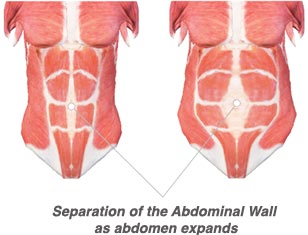
Despite this widening of gap between the muscles and this thinning and widening of the Linea Alba, there is almost always some fascia remaining – a hole is not created there!
After your baby is born it is common for these muscles to stay separated for a period of weeks to months. You may notice your tummy is just not as ‘toned’ as it was previously – the ‘baby belly’. You may also noticed when you lift, get up from sitting or out of bed that there is still a ‘doming’ of your tummy muscles. The muscles and fascia of the Linea Alba are simply still lengthened or stretched out – we need to shorten and tone them again!
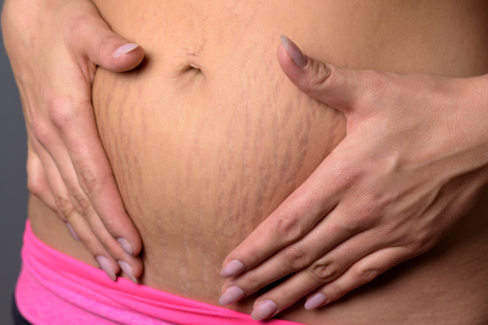
This lack of ‘tone’ in the tummy muscles means you may not be able to support your trunk/spine and pelvis efficiently. You may suffer from low back and pelvic pain or possibly even pelvic floor problems. It may also be the reason you are having trouble starting running or playing sport.
What should you do?
With appropriate and specific training, loading and stimulation for new fascial connections, repair of the area will occur. In some women, a gap between the muscle bulk will remain, but the fascia will repair, creating a complete and functional abdominal wall once again, even though it may look a bit different to how it used to. With the correct training you will be able to do all the things you want to.
It’s not a matter of paying for fancy online programs which may include ‘binding’ the abdomen or using electrodes on your tummy.
It is not a matter of thousands of sit ups or planks, or holding your tummy in as hard as you can.
It also doesn’t mean you have to avoid all of the abdominal section in your favorite gym class forever.
It means doing the ‘right’ exercises for you and progressing these specific exercises in a systematic manner.
First and foremost you need to have a post natal assessment by a physiotherapist highly skilled in managing women in the child-bearing year! Thats what Vital Core Physio’s do. It’s what we love and what we’re good at!
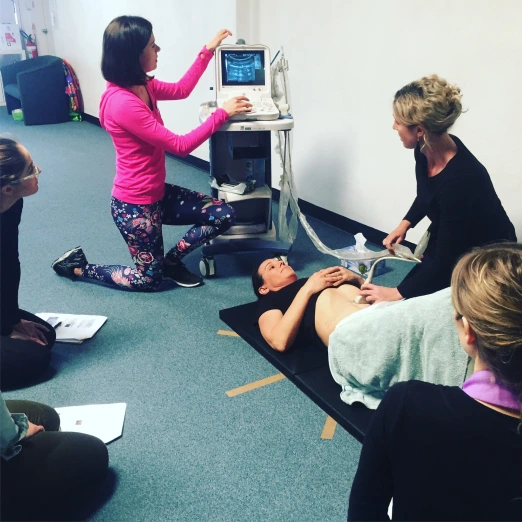
RTUS being used in a training session to look at abdominal muscles
Vital Core Post natal physiotherapy
In the Vital Core post natal assessment your physio will ask you a large number of questions about your history, exercise history and then birth history. We will also ask questions about what you really want to get back to and what is your greatest concern.
Your physio will then assess various physical elements including your general posture, general alignment and movement before moving on to will the specific muscles of the trunk (including the abdominals, back muscles, and those of the hip and pelvis). Finally the all important amount and quality of your abdominal muscle separation, and your ability to improve it with specific cuing will also be assessed.
From this assessment you will be given exercises that are specific to the condition of YOUR muscles and how YOU function. It is then important for you to practice as often as is recommended, so that at your next visit your physio can progress your exercises. It is through these progressions that the strength, control and function will return.
Whilst the abdominal muscles need specific and isolated training, learning how to use these muscles again functionally is essential for you to safely and effectively return to ‘normal’ exercise. Our mums and bubs classes you will work on improving your RAD safely and effectively. Have a look at our class timetable. Plus they are great fun! Call us today on 83310552 or book online.
Ask a question of Vital Core Physiotherapy
Fill in the form to request a Call From Our Team
One of our team will call you for FREE and answer any questions or concerns you may have about your condition
© 2023 Vital Core Physiotherapy



